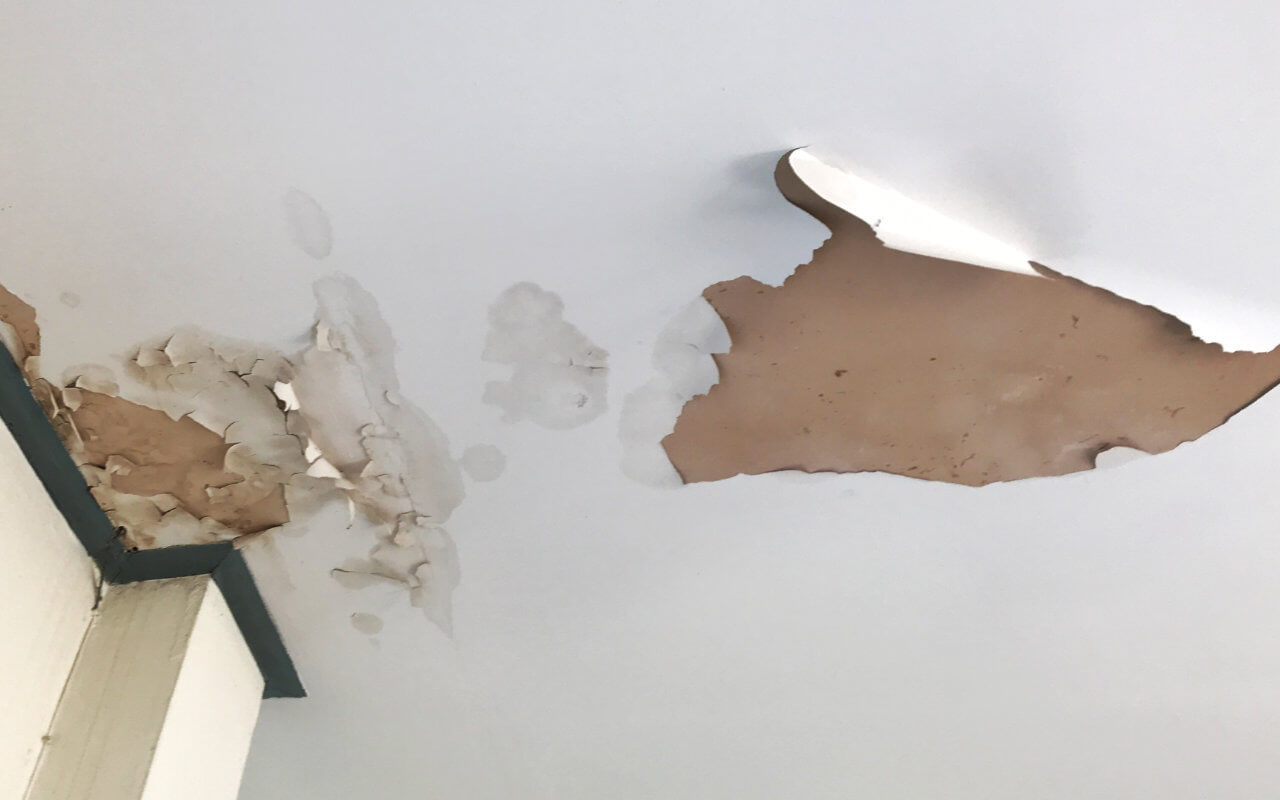Dilapidations refers to the state of disrepair a property may be in during or at the end of a lease. In simple terms, a dilapidations claim will relate to breaches of the tenant’s repairing and maintenance obligations in the lease. When such issues arise, it is the responsibility of the tenant to address them and restore the property to the condition required by the lease. Failure to do so can result in dilapidations disputes and serious financial consequences – including the right of the landlord to seek damages from the tenant.
Tenants – some key considerations:
Property condition
Conducting a thorough property inspection before signing the lease can help tenants identify and document existing defects. This can be used as evidence if disputes arise later. If a schedule of condition is produced and referenced in the lease, this should be carefully reviewed as this often shows the condition the tenant will need to restore the property to at the end of the lease.
Lease obligations
Tenants should carefully review the lease to understand their obligations and any specific conditions regarding maintenance, repairs and redecoration. Other documents may also need to be considered such as licences for alterations and deeds of variation. If any clauses are unclear, tenants should seek legal advice.
Address notices/schedules
If the landlord serves notice regarding dilapidations, which may be a section 146 “forfeiture” notice (under the Law and Property Act 1925) during the term or a schedule of dilapidations either during or at the end of the lease term, take it seriously and respond promptly. Tenants may wish to instruct solicitors to review any notices or schedules to check that the issues specified are the responsibility of the tenant. Tenants should engage in constructive discussions with the landlord and possibly appoint a surveyor to assess the schedule and negotiate terms.
Undertaking works
Unless the tenant disputes the purported breaches, it is usually prudent for the tenant to undertake the necessary repairs itself, thereby avoiding additional expenses, including potential landlord fees and litigation costs that the tenant might incur. A dilapidations notice or schedule will contain timeframes and deadlines by which to respond and/or remedy which should be carefully adhered to.
Landlords – some key considerations:
Assess potential dilapidations
Typically, the landlord must arrange for a surveyor to inspect the property to determine the precise scope (and cost) of any breaches of the repairing covenant. If the lease has not expired, the landlord needs to comply with any right of entry provisions set out in the lease, including providing the tenant with notice of any inspection.
Serve the tenant with a notice or a schedule
Once potential breaches have been identified, a formal notice or schedule should be served on the tenant listing the breaches and detailing the required repairs and redecoration. A section 146 “forfeiture” notice must give the tenant a reasonable timeframe to rectify the breaches. A schedule of dilapidations that is served towards the end of the lease often includes an itemised cost estimate for the necessary works. Any notices or schedules must comply with the statutory requirements and must be properly served to be effective. Landlords should seek professional advice in this regard to ensure compliance.
Negotiations
Landlords can (and should) negotiate with tenants to reach an amicable resolution. This might involve an agreement on the scope of works, a timetable for completion, or compensation in lieu of repairs.
Legal Action
If negotiations fail or the tenant does not comply or respond to a notice or schedule, landlords can take legal action to enforce, recover the costs of repairs or seek damages. Engaging a solicitor is advisable in these circumstances.
Conclusion
Dilapidations are a complex aspect of commercial property leasing that require careful consideration from both landlords and tenants. It is crucial to have a comprehensive understanding of the lease terms, engage in negotiations, and seek legal advice when necessary. By proactively managing dilapidations, commercial landlords and tenants can maintain a cooperative landlord-tenant relationship and protect their respective interests. If you are or may be involved in a dilapidations dispute, seeking assistance from a solicitor and/ or surveyor is advisable, as their guidance can be instrumental in achieving a fair resolution.
This article originally appeared in the Petrol Heads-Up Newsletter.



